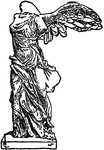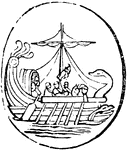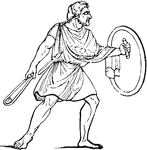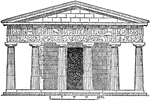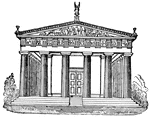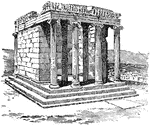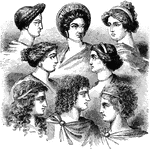
Ptolemy in Profile
He was a mathematician, geographer, astronomer, and astrologer. "The name of a line Graeco-Egyptain…

Colossus at Rhodes
Statue of the Greek god Helios. It is currently considered to be one of the Seven Wonders of the Ancient…
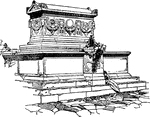
Sarcophagus
"Sarcophagus from the Street of Tombs at Assos in the Troad, excavated by the Archaeological Institute…

Theater of Segesta
One of the first Greek amphitheaters, located in the political center of the Elymian people.
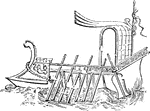
Ship with rudder
"The following cut represents a ship with its rudder. The pole by which it is fastened to the ship's…

Greek soldier
"The early Greeks used a very short sword, as may be seen from the preceding cut. The ancient Homeric…

Greek Soldiers
"A group of Greek soldiers, drawn from sculptured figures in the temple pediment."—Gordy, 1912
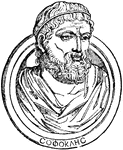
Sophocles
"Sophocles, the younger rival and immediate successor of Aeschylus in the tragic art, was born at Colonus,…

Greek Square Panel
The Greek square panel is found in Athens. This panel is divided into eight equal spaces that are decorated…
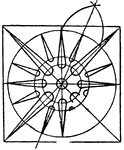
Greek Square Panel
The Greek square panel is found on the coffer of the Propylaea ceiling, the entrance to the Acropolis…
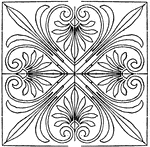
Greek Square Panel
The Greek square panel is found on the coffer of the Propylaea ceiling, the entrance to the Acropolis…
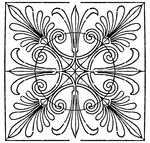
Greek Square Panel
The Greek square panel is found on the coffer of the Propylaea ceiling, the entrance to the Acropolis…
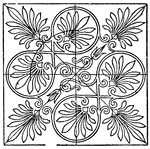
Greek Square Panel
The Greek square panel is found on the coffer of the Parhtenon ceiling, a Greek Temple. This panel is…
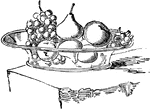
Still Life Painting from Pompeii
"Painting of still life. On a wall of a house at Pompeii." —D'Anvers, 1895

Sylvanus
"Sylvanus and Faunus were Latin divinities, whose characteristics are so nearly the same as Pan that…

The Dioscuri
"Castor and Pollux were the offspring of Leda and the Swan, under which disguise Jupiter had concealed…

The Isthmian Games
One of the Panhellenic Games of Ancient Greece. They were held both the year before and the year after…

Theocritus
"The fame of Theocritus, the prince of bucolic poetry, depends on his faithful pictures of natural scenery…
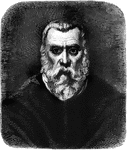
Tintoretto
This portrait is of the great artist, Tintoretto. He was a Greek painter who included external imagry…

Pillar Fragment from the Treasury of Atreus
Peculiar vaulted buildings often existed in connection with the palaces for the preservation of valuables;…

Section of the Treasury of Atreus
Peculiar vaulted buildings often existed in connection with the palaces for the preservation of valuables;…

An Athenian Trireme
An ancient ship used by Greeks and Romans. The ship has three rows of oars on each side, with a man…

Trojan horse
"According to the poets, it was by stratagem that this famous city was at last overcome. They tell us…

Grecian Vases
"A Vase is a vessel of various forms and materials, applied to the purposes of domestic life, sacrificial…

Eleutherios Venizelos
A popular Greek revolutionary and Prime Minister of Greece, serving from 1910 to 1920 and again from…
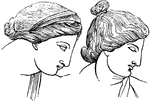
Venus and Diana
"Venus and Diana are generally represented with their hair dressed in the simple style of the young…

Wrestling
"The Olympic games were of greater efficacy than the Amphictyonic Council in promoting the spirit of…
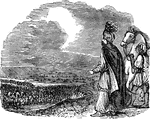
Xerxes surveying his army
"About the year 480 B.C., Xerxes, an Asiatic king, assailed the country with an army of several millions.…





